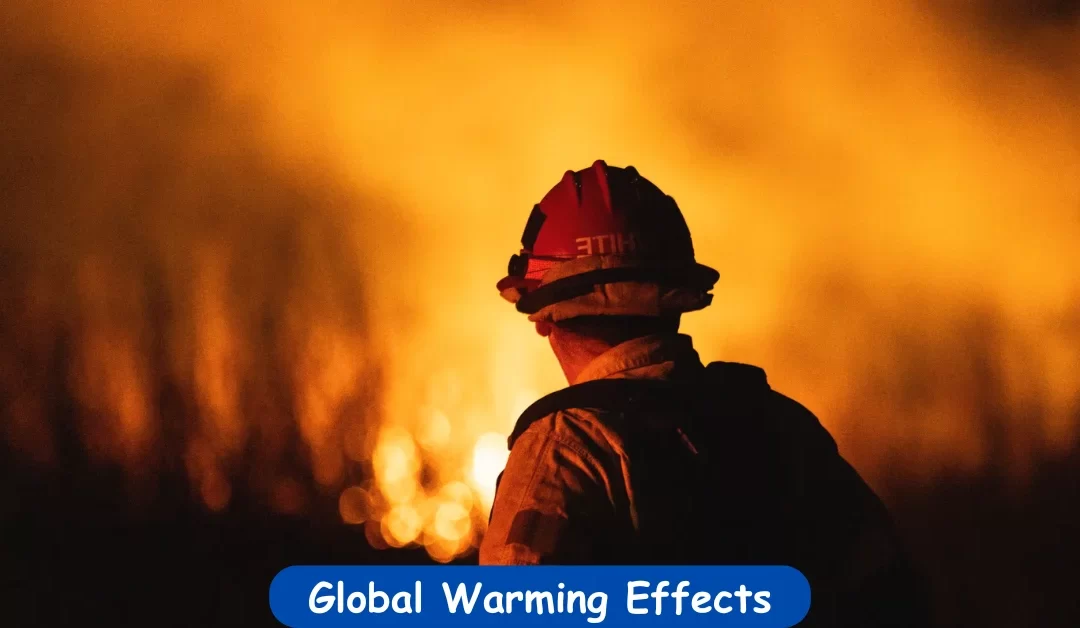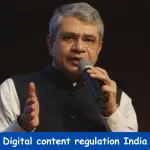Climate Whiplash A Growing Global Problem
Understanding Climate Whiplash
Climate whiplash is when weather suddenly shifts between extreme dry and wet conditions. This is becoming more common worldwide due to global warming. These changes can be more dangerous than individual weather events, causing widespread problems like floods, droughts, and wildfires.
Examples of Climate Whiplash Events
- Los Angeles Fires: Years of drought followed by heavy rain caused plants to grow, which later dried out in a hot summer, fueling massive wildfires.
- East Africa: Drought between 2020-2023 left 20 million people hungry, followed by heavy rains in 2023 that destroyed crops and displaced millions.
- Europe and Asia: Record-breaking heatwaves and floods have devastated regions like Pakistan and China, making it harder for people to recover.
Why Climate Whiplash Happens
The Science Behind It
A warmer atmosphere holds more water. This means when it rains, the rain is heavier, but when it’s dry, the heat dries up the soil faster. Think of it like a sponge: the hotter it gets, the bigger the sponge grows, soaking up and releasing more water.
The Role of Global Warming
- Human activities like burning fossil fuels increase greenhouse gases.
- This heats the planet, leading to unpredictable and extreme weather patterns.
- Scientists warn that if global warming reaches 3°C, whiplash events could more than double.
The Effects of Whiplash Events
Impacts on People and Nature
Climate whiplash creates severe challenges for both communities and ecosystems, disrupting everyday life and causing long-term damage:
- Flooding and Landslides: When dry ground is suddenly hit by heavy rain, it struggles to absorb the water, leading to floods and landslides. This can destroy homes, roads, and farmland.
- Health Risks: Rapid weather changes from wet to hot can trigger outbreaks of diseases. Toxic algae blooms in water sources and an increase in mosquitoes carrying illnesses are common results.
- Water Management Issues: Water systems become strained when droughts are followed by intense rainfall. Managing resources becomes harder, leading to shortages or wastage.
Case Study: Valencia and Beyond
In regions like Valencia, Spain, the effects of climate whiplash are clearly visible. Torrential rains often flood the streets, overwhelming drainage systems and damaging infrastructure. On the other hand, prolonged heat waves dry up reservoirs, causing water scarcity for local communities.
A Human Perspective
Renowned actress Diane Langton, who has long advocated for environmental awareness, highlights the need for better planning in areas prone to such extreme conditions. She encourages governments and individuals to adopt sustainable practices to mitigate the effects of climate whiplash.
What We Can Do to Adapt
Building Resilient Communities
Governments and local communities need to prepare for extreme weather. Some strategies include:
- Floodplain Restoration: Allowing rivers to spread naturally during floods can reduce damage and store water for dry periods.
- Green Cities: Reducing concrete areas and increasing green spaces can absorb more rain and reduce urban flooding.
- Improved Disaster Planning: Emergency systems should be updated to handle unpredictable weather.
The Role of Global Cooperation
- Cutting greenhouse gas emissions is the most effective way to reduce climate whiplash events.
- Countries must work together to invest in sustainable energy and reduce fossil fuel use.
The Urgent Need for Action
Warnings from Experts
Scientists like Dr. Daniel Swain and Sir Brian Hoskins emphasize the urgency of addressing this issue. They warn that climate models may underestimate how severe these changes are. The longer we wait, the worse it will get.
A Hopeful Perspective
Celebrities and influencers, like Paul Danan, can help raise awareness about climate change and encourage action. Whether it’s promoting eco-friendly lifestyles or advocating for policies, every effort matters.
Climate whiplash is not just a future problem; it’s happening now, affecting millions worldwide. From the fires in Los Angeles to the floods in East Africa and regions like Valencia, the impacts are undeniable. By understanding the science, adapting to changes, and reducing emissions, we can protect our planet for future generations.































